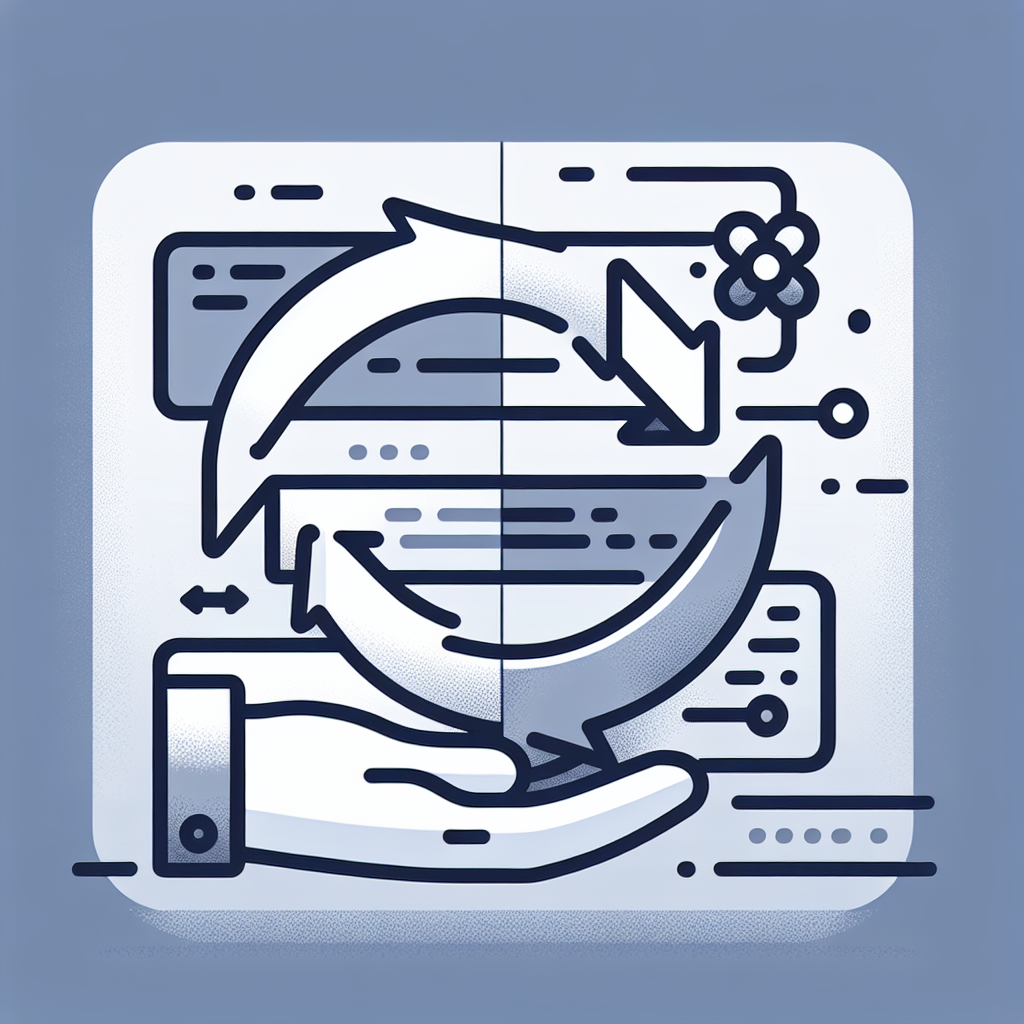Convert Visual Basic .NET to Scala Easily: Powerful Tool
Easily convert Visual Basic .NET to Scala with our powerful tool. Streamline your code migration process and enhance efficiency. Try it now for seamless transitions!
Source Code
Converted Code
Output will appear here...
Transform your Visual Basic .NET code seamlessly into Scala with our powerful conversion tool. Ideal for developers aiming to modernize applications, this tool enhances code efficiency and performance while supporting cross-platform capabilities. Benefit from improved scalability and streamlined coding processes, making it a perfect solution for transitioning to a more versatile programming environment.

Transforming Visual Basic .NET Code to Scala Efficiently Link to this section #
Converting Visual Basic .NET (VB.NET) to Scala can be a daunting task due to language differences. This specialized tool streamlines the process, ensuring a smooth transition from VB.NET to Scala, leveraging both languages' strengths.
Key Features Link to this section #
- Automated Conversion: Swiftly translates VB.NET syntax to Scala, preserving logic and functionality.
- Syntax Mapping: Accurately maps VB.NET constructs like
Sub,Function, andModuleto Scala equivalents such asdefandobject. - Type Handling: Converts VB.NET's strong typing to Scala’s type inference, ensuring type safety.
- Integration Ready: Facilitates seamless integration with existing Scala projects.
Sample Code Conversion Link to this section #
VB.NET Code Link to this section #
Module Module1
Sub Main()
Dim greeting As String = "Hello, World!"
Console.WriteLine(greeting)
End Sub
End Module
Converted Scala Code Link to this section #
object Module1 {
def main(args: Array[String]): Unit = {
val greeting: String = "Hello, World!"
println(greeting)
}
}
Benefits of Using the Tool Link to this section #
- Efficiency: Reduces manual conversion errors and saves time.
- Scalability: Ideal for converting large-scale projects with complex logic.
- Customization: Offers options to adjust conversion settings based on project needs.
Why Migrate to Scala? Link to this section #
- Functional Programming: Scala's hybrid nature supports both object-oriented and functional programming paradigms.
- Concurrency: Scala provides robust support for concurrent and parallel processing.
- Community and Ecosystem: Leverage a growing ecosystem with libraries and frameworks like Akka and Play.
For more insights on language conversion, explore resources like Programming Scala or Scala Documentation.
This tool not only facilitates a technical transformation but also empowers developers to embrace Scala’s modern capabilities, ensuring a future-proof codebase.
Frequently Asked Questions
What are the key differences between Visual Basic .NET and Scala?
Visual Basic .NET is an object-oriented programming language developed by Microsoft, primarily used for building Windows-based applications and web services. It is part of the .NET framework, which offers a wide range of libraries and tools. Scala, on the other hand, is a multi-paradigm language that combines object-oriented and functional programming concepts. It runs on the Java Virtual Machine (JVM) and is known for its concise syntax and powerful functional programming features. Scala is often used for data processing, distributed computing, and building scalable applications.
How can I migrate a project from Visual Basic .NET to Scala?
Migrating a project from Visual Basic .NET to Scala requires a comprehensive understanding of both languages. Begin by analyzing the existing VB.NET codebase to identify core functionalities and dependencies. Rewrite the code in Scala, leveraging its functional programming features where applicable. It may be necessary to re-architect some parts of the application, especially those relying heavily on the .NET framework, to align with Scala's capabilities and the JVM ecosystem. Consider using interoperability libraries or microservices to facilitate communication between different parts of the system during the transition.
Is there any tool available to convert Visual Basic .NET code to Scala automatically?
Currently, there are no direct tools available to automatically convert Visual Basic .NET code to Scala. The two languages have different paradigms and run on different platforms, making automated conversion challenging. However, developers can use code analysis tools to assist in understanding the VB.NET code structure and functionality before manually rewriting it in Scala. It's often more effective to refactor and redesign the application using Scala's strengths rather than relying on direct code translation.